SUMMARY
This is AI generated summarization, which may have errors. For context, always refer to the full article.
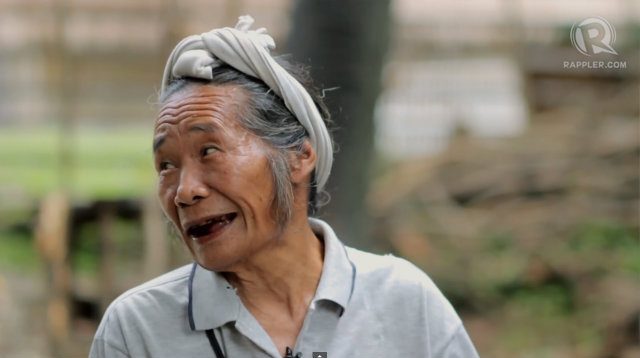
MANILA, Philippines – When you hear kaingin, do you automatically think of fire and destruction?
The wind softly blew his red bahag (loin cloth), almost the same color as his gums and teeth. The redness comes from chewing betel nuts. Amando Diado, a community elder, is among the few men who kept their legs exposed and their teeth colored.
He spat a dark blot, as if spewing blood, and talked of the old days. “Harvest was good before. There weren’t that many people. I think land was fertile then,” Diado said in his local language.
He was describing Bulalacao, Oriental Mindoro, which is home to many Hanunuo Mangyans like him.
Diado, however, is not blaming kaingin for the changes he observed. The factors are many, he and his friends said, such as an increased population, weather changes, and logging.
But when there’s smoke, there’s fire, and the attention tends to stay there.
Anthropologists like Wolfram Dressler of the University of Melbourne have long tried to clear the misunderstood reputation of kaingin or swidden farming.
“In terms of fire, many indigenous communities burn with preventive measures in place that hinder fire from escaping field to forest,” explained Dressler. “Many use fire breaks around their fields, use spot burning to selectively burn areas of the field, and burn at night when winds are calmest.”
“While there are cases of fire escape these are not as frequent as the broader public and government believe them to be. In fact, fire is a natural part of the landscape that can clean, fertilize and regenerate the soils,” he added.
Dressler stressed the importance of identifying and discussing other sources of fire and burning, as compared with swidden farming.
He argued that the clearing and burning of forests for mono-cropped production — like pineapple, rubber and palm oil — are “equally if not more detrimental.” Why? Because “when these fields set in, no forest regrows. It is a permanent clear cut.”
Indigenous peoples (IPs) also have intricate procedures like considering the wind’s direction when they do kainginto hinder fire from spreading, according to the Non-Timber Forest Products Exchange Programme Philippines, a network of non-governmental organizations (NGO) and people’s organizations.
Swidden cycles consist of 5 phases: site selection, cutting, burning, cropping, and fallowing.
Site selection rules observed by Gascon’s study:

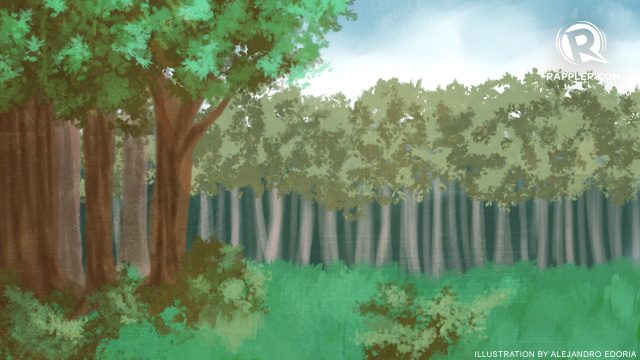
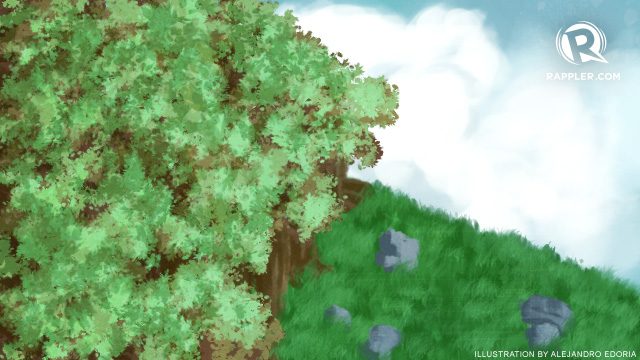
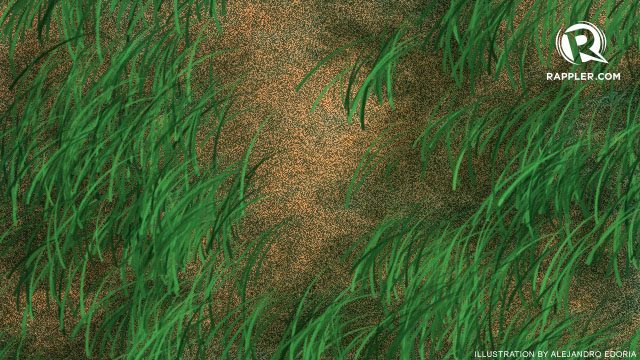
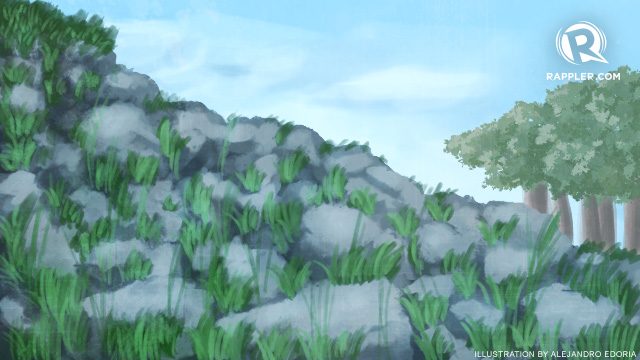
Each family has their own ancestral lands. “Rotation of land is done within the area ‘owned’ by the farmer. This has positive ecological advantage for the secondary forest,” Gascon detailed. “Hence, it was more likely that the forest would be maintained and preserved.”
There are different types of kaingin, Dressler stressed. As for the Hanunuo, they follow their own calendar.
| Month | Activity |
| Timeframe used by the Mayot family in Bulalacao, Oriental Mindoro | |
| January-February | Gamas or cutting and cleaning of shrubs and grasses. |
| March | Burning is only done for two hours in one day. They put gehit or buffer zones so the fire will not spread to other farms or secondary forests. |
| April-May or longer |
Hasik or planting of different crops. Harvesting months vary depending on the crop. |
| August-September |
Crop maintenance and weeding |
Gascon listed the following rice varieties among the Hanunuo: camuros, capungot, bintalan, tabuno, dungis, kinta, and lubang.
Prior to planting, farmers perform rituals like animal sacrifices and elaborate seed preparations. They also build fences to keep animals away.
“Their agricultural practice is really organic, they also don’t use pesticides,” said Emily Catapang of the Mangyan Heritage Center (MHC).
To get rid of rats, the Hanunuo had their own mechanisms, according to a 2010 study published by the Occidental Mindoro State College Murtha Campus.
“A rotten frog put in a bamboo stick and placed at the middle of the farm is also employed. At day time, rice bugs swarm the rotten animal; at night they are smoked to eradicate the pests,” wrote Professor Susanita Lumbo. “Some women also use kakawati or madre de cacao and red pepper extract as botanical pesticide.”
IPs’ rights
Republic Act 8371 or the Indigenous Peoples Rights Act of 1997 (IPRA) recognizes the right of IPs to own their ancestral lands. The law also provides them the right to “develop, control and use lands and territories traditionally occupied, owned, or used; to manage and conserve natural resources within the territories and uphold the responsibilities for future generations; to benefit and share the profits from allocation and utilization of the natural resources found therein.”
For Corpus, the IPRA law provides an exception since kainginis part of the traditional forest management of IPs. “And it’s been proven to conserve rather than degrade or destroy forests,” she added.
Dressler agrees and believes that the IPRA law “trumps” PD 705.
The government, however, holds a firm stand.
“If we say that before that their kaingin-making or swidden agriculture was an aspect of their livelihood, it’s not bad,” said Ricardo Calderon, director of the Department of Environment and Natural Resources Forest Management Bureau (DENR-FMB). “But of course, climate has also changed. State of soil is not that good nor are our forests in Mindoro. If kaingin is continuous in that area, definitely somehow, the forest quality in that area will decrease.”
There are advocates, too, that admit that some IPs may have done some damage sincekaingin practices vary even among IP communities. The point, however, is not to create a massive or blanket prohibition, advocates argue.
“There’s no more differentiation of different types of kaingin, as if there’s only one,” said anthropologist Eli Guieb III of the University of the Philippines. “We recognize that other types of kaingin do destroy the environment, but not all types. That’s our worry, seeing only one type of kaingin as if all of types are destructive),”
“What’s happening now is that there’s only recognition of one knowledge system when there are multiple knowledge systems at work,” Guieb continued. “The next question is whose knowledge system prevails and whose knowledge system is legitimized? In many cases, the knowledge system of IPs have been de-legitimized.” – Rappler.com
The Mangyan song is transcribed by Anya Postma and translated into english by Restituto Pitogo, through the help of the Mangyan Heritage Center.
Add a comment
How does this make you feel?
There are no comments yet. Add your comment to start the conversation.